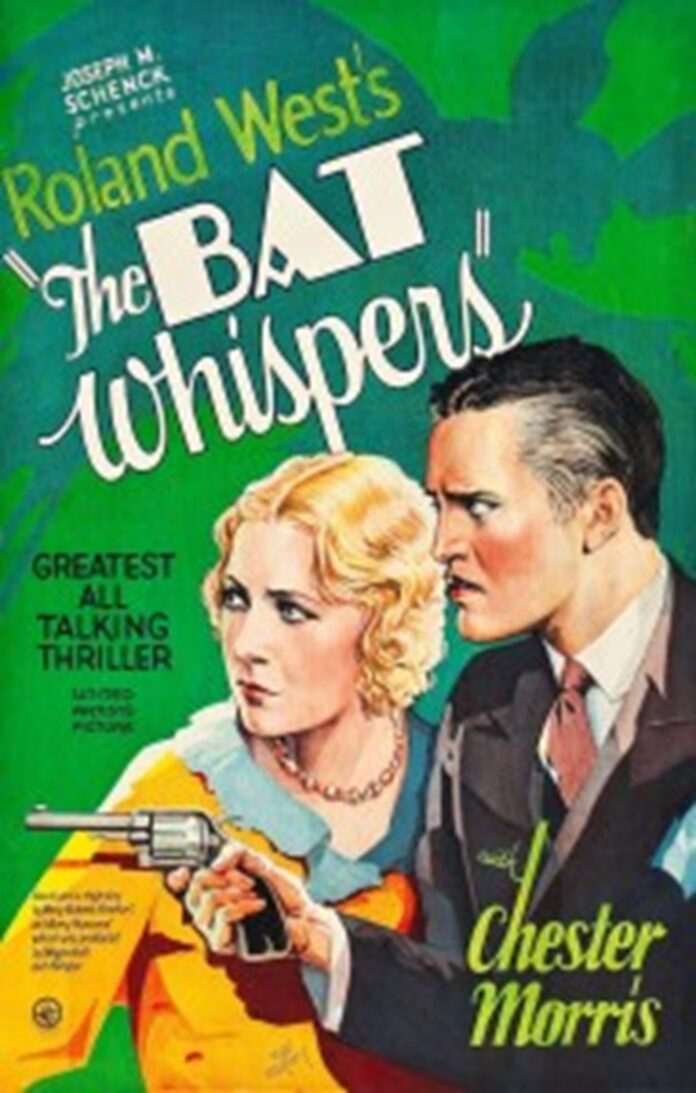“The Bat Whispers” (1930) is a classic pre-code mystery thriller directed by Roland West and based on the play of the same name by Mary Roberts Rinehart and Avery Hopwood.
This film adaptation showcases the atmospheric prowess of early sound cinema and its pioneering use of widescreen, offering a visually stunning experience for audiences of its time.
“The Bat Whispers” weaves a gripping narrative involving a criminal mastermind, “The Bat,” who terrorizes a group of individuals in a secluded mansion.
The film’s intricate plot, dynamic cinematography, and the eerie ambiance it creates contribute to its status as a significant entry in the early sound era.
Roland West, the director, and his collaborator and wife, Jewel Carmen, were influential figures in Hollywood during the silent and early sound periods.
West contributed to the development of cinematic techniques.
The film remains a notable achievement in the transition from silent to sound cinema, leaving an indelible mark on the history of early talkies.
Also Read More: Is Steve Harvey Arrested? Affair And Cheating Rumors
Exploring Cinematic Obscurity: The Bat Whispers (1930)
“The Best Movies You’ve Never Heard Of” series delves into the realm of little-known cinematic gems, and among these lies Roland West’s 1930 mystery-thriller, “The Bat Whispers.”
Beyond its status as a gripping and somewhat overlooked thriller, the film boasts two notable distinctions: it was among the pioneering widescreen features.
It served as a critical inspiration for the creation of Batman by Bob Kane. Roland West, a director with a limited but impactful career, helmed this eerie mystery, originating from a hit Broadway play.
The film’s roots trace back to Mary Roberts Rinehart and Avery Hopwood’s 1920 play “The Bat,” adapted from Rinehart’s 1908 novel “The Circular Staircase.”
Despite its somewhat dated nature, “The Bat Whispers” stands as a cinematic treasure, not just for its narrative but for West’s innovative filmmaking techniques, including the early use of widescreen.
This article explores the film’s unique place in cinematic history and sheds light on Roland West’s unconventional approach to filmmaking.
Roland West, a cinematic innovator, seized the opportunity to experiment with new technology in his 1930 film, “The Bat Whispers.”
Eager to explore widescreen photography, West embraced the 65mm Magnifilm format, showcasing state-of-the-art equipment, including a dolly-mounted camera crane and a 300-foot track suspended from overhead scaffolding.
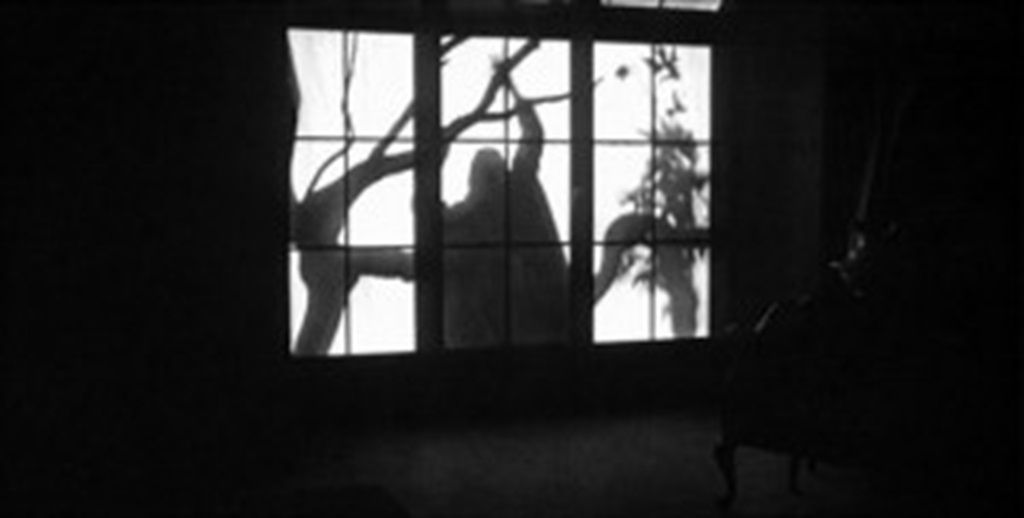
This allowed unprecedented mobility in capturing dynamic images, a notable departure from the static nature associated with early talkies.
The creative use of miniature sets added to the film’s visual prowess, creating the illusion of sweeping movements around buildings and the remote country mansion central to the story.
To ensure widespread accessibility, West simultaneously filmed a standard 35mm version, given the limited number of theaters equipped for widescreen presentations.
Initially believed lost, the 65mm version resurfaced in 1987, revealing West’s remarkable widescreen compositions.
A comparison of West’s silent and sound versions highlights his admiration for German Expressionist films, which is evident in the deliberate stylization and unrealistic sets.
However, “The Bat Whispers” distinguishes itself with its dynamic camera movements and modern-looking settings, marking a technological leap in early sound cinema.
Innovative Filmmaking in The Bat Whispers’ Opening Sequence
The initial ten minutes of “The Bat Whispers” showcase a mesmerizing display of filmmaking prowess.
Commencing with the opening credits and the resonant chimes of a giant clock, the film unfolds with a striking shot of a miniature clock tower against the New York skyline.
The camera descends, seamlessly transitioning from the miniature to a location bustling with cars and pedestrians.
A police car arrives, setting the stage for a dynamic sequence as it speeds through the city streets.
Through a radio broadcast, the audience receives essential exposition about “The Bat,” a notorious criminal planning a daring heist.
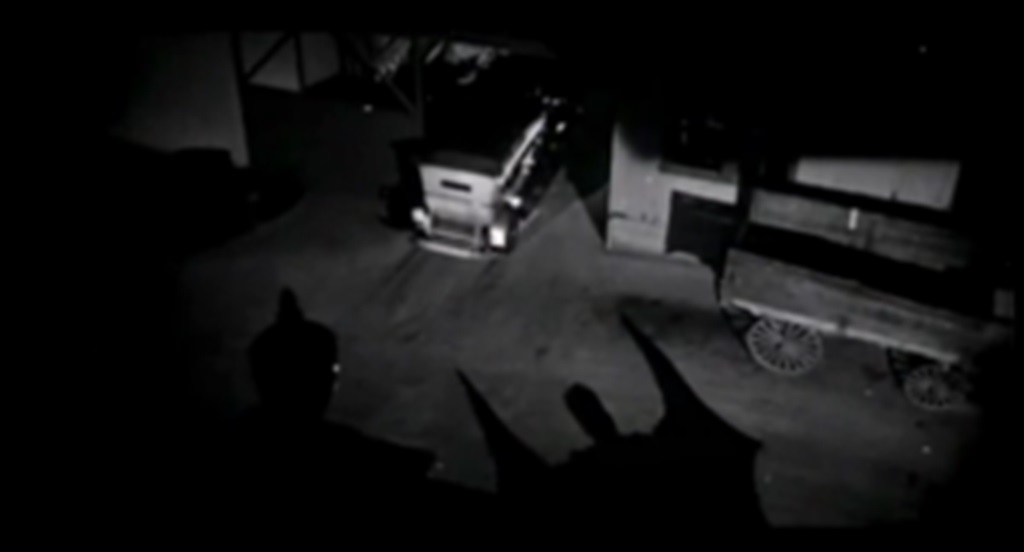
The visual storytelling takes a riveting turn as the camera skillfully maneuvers up a brownstone building, employing an elevated crane and jump cuts to enter the targeted penthouse.
The narrative intensifies as the Bat’s ominous note to millionaire Bell is revealed, and the clock ticks toward midnight.
The ensuing scenes unfold precisely, employing clever cuts, close-ups, and point-of-view shots to build suspense.
The innovative camera work and meticulous attention to detail establish “The Bat Whispers” as a groundbreaking cinematic achievement.
The subsequent scenes in “The Bat Whispers” unfold with innovative cinematic techniques that captivate the audience.
The transition from the clock tower dissolving to depict the passage of time is masterfully executed.
The wheels of a racing train and miniatures of New York skyscrapers add dynamic visuals, setting the stage for a suspenseful journey.
The film seamlessly incorporates miniatures to create intricate cityscapes, with streetlamps leading to a shadowy antechamber in a bank, exhibiting an apparent influence of German Expressionism.
The oversized shadow of the Bat looms as a man enters the chamber, emphasizing the film’s atmospheric design.
The subsequent sequence at the bank’s parking lot, with the Bat’s silhouette and a license plate check, showcases meticulous attention to detail.
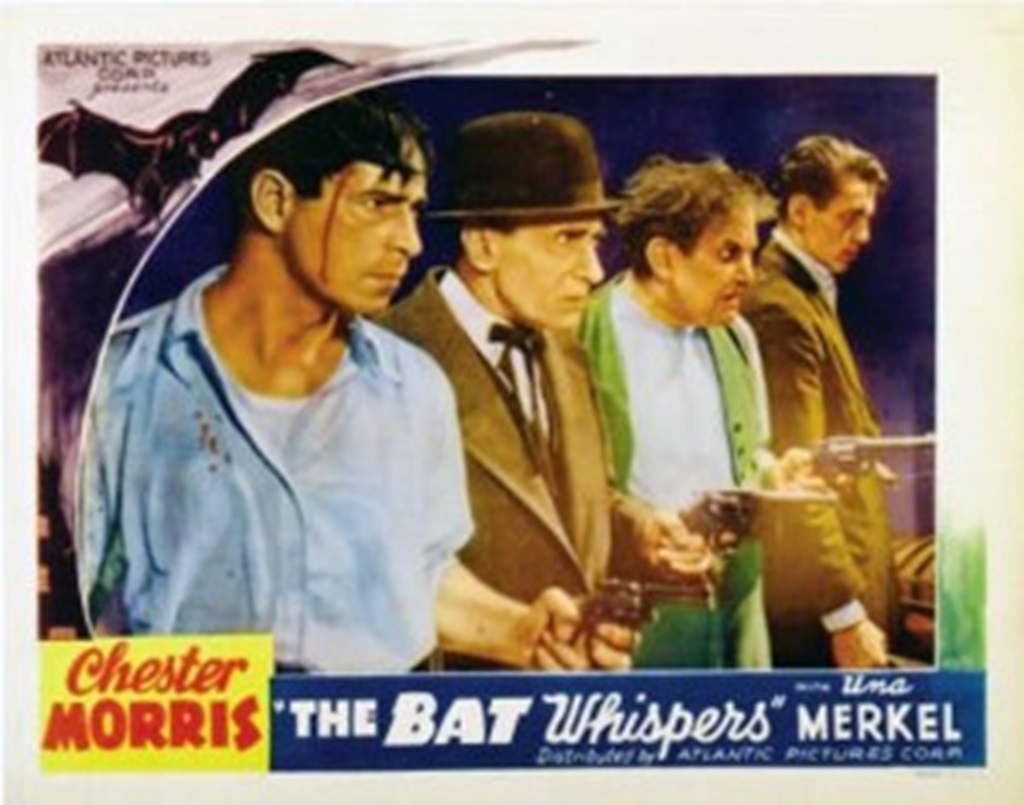
As the thief employs a smokescreen to escape, miniatures depict the cars and country roads, creating a visually compelling escape scene.
The narrative then transitions to the Fleming estate, a requisite creepy mansion in the thriller genre.
The sequence involving the Bat’s arrival at the estate, highlighted by a distorted shadow and meticulous scanning of the getaway car, sets the stage for the unfolding mystery.
The meticulous use of visuals, miniatures, and creative transitions in these initial scenes of “The Bat Whispers” demonstrates the film’s commitment to pushing cinematic boundaries.
Intricacies of The Bat Whispers: A Cinematic Exploration
“The Bat Whispers” unfolds with a blend of creativity and occasional period staginess, particularly evident in dialogue scenes.
The storyline navigates through the labyrinthine back hallways, stairwells, hidden passages, and rooftops of the Fleming estate, providing a backdrop for intrigues and double-crosses involving various characters.
The cast includes Miss Cornelia van Gorder, a caustic dowager renting the estate, and Lizzie Allen, the whiny and perpetually frightened maid.
Dale, the damsel-in-distress; Brook, Dale’s fiancé, entangled in the robbery; the sinister Dr. Venrees; Richard Fleming, searching for hidden rooms.
Detective Jones is a bumbling constable, a stranger with amnesia, and a second masked fiend. Detective Anderson presides over the mysterious proceedings.
The narrative unfolds with melodramatic incidents, leading to the torching of the estate’s garage and the eventual capture of the Bat.
However, the story turns unexpectedly when a proscenium stage is revealed, and the characters are seen in a theater setting.
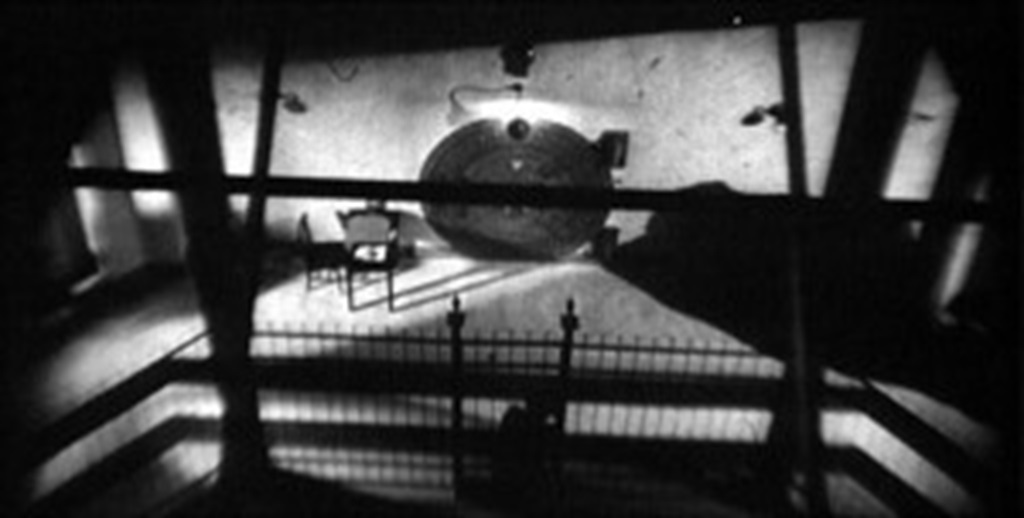
A theatrical interlude follows, breaking the fourth wall as the Bat is unmasked and addresses the audience with a tongue-in-cheek plea to avoid spoilers.
The film concludes with a promise not to haunt homes or frighten children, adding a touch of whimsy to the conclusion.
In 1959, a low-budget remake capitalized on the horror revival, but it failed to match the visual style of the original.
The definitive version, “The Bat Whispers,” remains a classic cinematic gem, celebrated for its visual flair and cultural significance.
Milestone Film & Video’s 1999 DVD release preserves the 70mm and 35mm versions, making this cinematic history accessible to modern audiences.
Also Read More: Kelly Khumalo Weight Loss or Weight Gain: Is She Pregnant In 2024?

